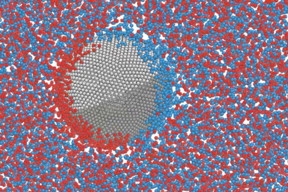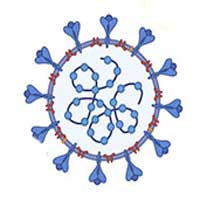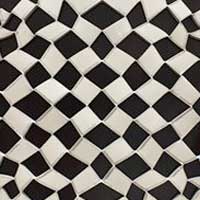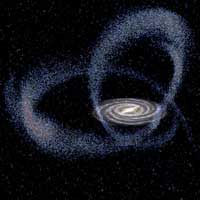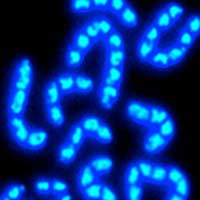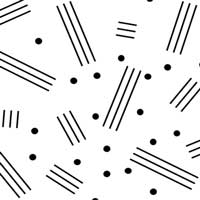Home > Press > Study finds electrical fields can throw a curveball: Particle-scale phenomenon akin to the swerving of a curveball could allow selective separation of suspended nanomaterialsMIT researchers have discovered a phenomenon that could be harnessed to control the movement of tiny particles floating in suspension. This approach, which...
Researchers develop experimental rapid COVID-19 test using nanoparticle technique
May 29, 2020 (Nanowerk News) Scientists from the University of Maryland School of Medicine (UMSOM) developed an experimental diagnostic test for COVID-19 that can visually detect the presence of the virus in 10 minutes. It uses a simple assay containing plasmonic gold nanoparticles to detect a color change when the...
Nanotechnology Now – Press Release: A stitch in time: How a quantum physicist invented new code from old tricks: Error suppression opens pathway to universal quantum computing
Home > Press > A stitch in time: How a quantum physicist invented new code from old tricks: Error suppression opens pathway to universal quantum computingDr Benjamin Brown is a Research Fellow at the University of Sydney Nano Institute and School of Physics. CREDIT University of SydneyAbstract:A scientist at...
unfolding the new regime of advanced 3D microfabrication/nanofabrication
May 27, 2020 (Nanowerk News) 3D micro-/nanofabrication holds the key to build a large variety of micro-/nanoscale materials, structures, devices, and systems with unique properties that do not manifest in their 2D planar counterparts. Recently, scientists have explored some very different 3D fabrication strategies such as kirigami and origami that...
Nanotechnology Now – Press Release: Researchers demonstrate transport of mechanical energy, even through damaged pathways: Topological pump can provide stability for communication technologies
Home > Press > Researchers demonstrate transport of mechanical energy, even through damaged pathways: Topological pump can provide stability for communication technologiesDiagram for temporal pump CREDIT Guarav BahlAbstract:Most technologies today rely on devices that transport energy in the form of light, radio, or mechanical waves. However, these wave-guiding channels...
The evolutionary history of the Milky Way determined in more detail than ever
May 26, 2020 (Nanowerk News) The Milky Way, the whiteish strip of light which is prominent in both the summer and the winter skies, is the densest part of the disc of the Galaxy which we are inside. However, over very long periods it has not always looked the same,...
Nanotechnology Now – Press Release: Visualization of functional components to characterize optimal composite electrodes
Home > Press > Visualization of functional components to characterize optimal composite electrodesFigure. AFM images of (a, c) samples A and (b, d) B. (a, b) Topographic height images and (c, d) friction force images, respectively. All images were acquired with a tip loading force of 400 nN. Red lines...
Metal collector made of bacteria
May 26, 2020 (Nanowerk News) Bacteria, fungi and plants sometimes produce metal-binding substances that can be harnessed, for example for the extraction of raw materials, for their separation, for cleaning soils or for medical purposes. Professor Dirk Tischler, Head of the Microbial Biotechnology research group at Ruhr-Universitt Bochum (RUB), outlines...
Nanotechnology Now – Press Release: Electrons break rotational symmetry in exotic low-temp superconductor: Scientists previously observed this peculiar behavior in other materials whose ability to conduct electricity without energy loss cannot be explained by standard theoretical frameworks
Home > Press > Electrons break rotational symmetry in exotic low-temp superconductor: Scientists previously observed this peculiar behavior in other materials whose ability to conduct electricity without energy loss cannot be explained by standard theoretical frameworksScientists patterned thin films of strontium ruthenate -- a metallic superconductor containing strontium, ruthenium, and...
Researchers obtain 2D magnetism in both carbon and polyradical nanosheets
May 25, 2020 (Nanowerk News) Chinese scientists from High Magnetic Field Laboratory, Hefei Institutes of Physical Science reported that they have obtained edge-induced room-temperature ferromagnetism in both carbon nanosheets and two-dimension (2D) organic antiferromagnetic polyradical nanosheets. Magnetism has broad applications in living organisms as well as in energy harvesting, data...

